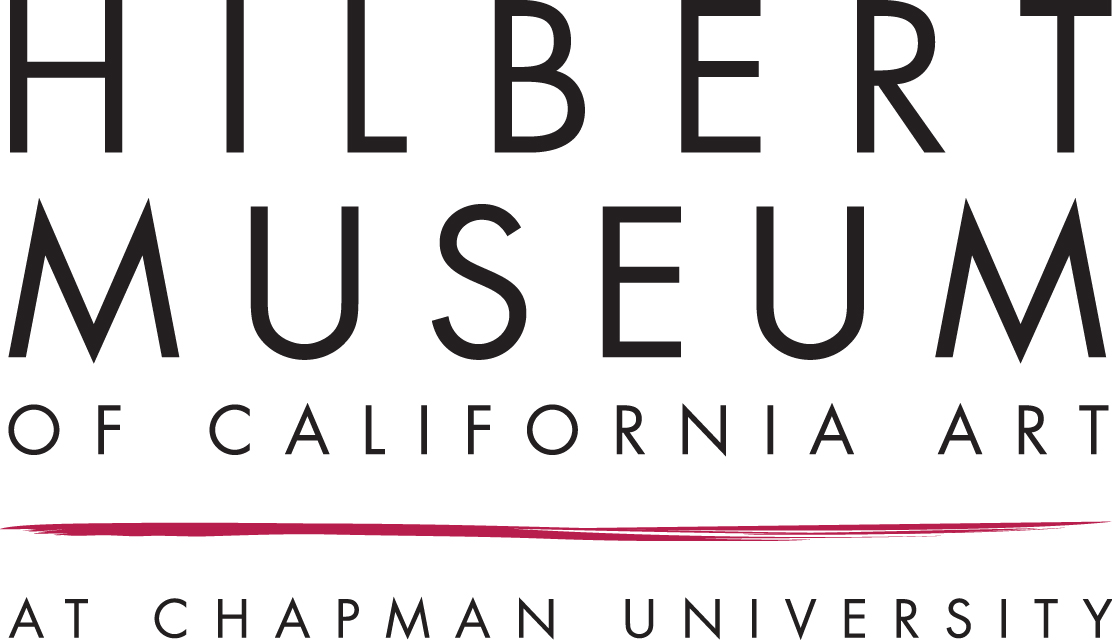Voices in Pastel: Pastel Society of the West Coast
Saturday, September 3, 2022 - Saturday, December 3, 2022
The Hilbert Museum welcomes our first exhibition of works by the artists of the Pastel Society of the West Coast, the nation’s second-largest pastel club. Works in the show range from figurals and landscapes to still lifes, animals, and portraits.
The Society’s mission is to provide opportunities to encourage the use of pastels through education and competition. The group offers workshops, demonstrations and regional paint-outs and paint-ins throughout the country. They also hold two major competitions each year, awarding thousands of dollars to outstanding artists.
Pastels are an art medium, formed most often as sticks but also in pans, made up of powdered pigment and binder. The exact contents vary by manufacturer and brand, and by their various formulations, which can include soft pastels, hard pastels, pan pastels, pastel pencils and oil pastels, among others.
The powdered pigments are similar to those in paints, and works done in pastel, when fully covered with the pigment, are referred to as paintings rather than drawings.
A pastel work is made by letting the sticks move over an abrasive ground (textured papers, etc.), leaving color on the grain of the painting surface.
Pastel techniques can be highly challenging since the medium is mixed directly on the working surface. Unlike paint, colors cannot be tested on a palette before applying to the surface. Pastel errors cannot be covered the way a paint error can be painted out.
Pastels have been used by artists since the Renaissance. Prominent artists who created works in pastel include Jean-Baptiste-Siméon Chardin, Eugéne Delacroix, Jean-Étienne Liotard, Jean-François Millet, Éduoard Manet, Edgar Degas, Odilon Redon, James Abbott McNeill Whistler, Mary Cassatt, William Merritt Chase, Wolf Kahn, Pedro Joseph de Lemos, Fernando Botero and Daniel Greene.
Mary Platt, Director
The Society’s mission is to provide opportunities to encourage the use of pastels through education and competition. The group offers workshops, demonstrations and regional paint-outs and paint-ins throughout the country. They also hold two major competitions each year, awarding thousands of dollars to outstanding artists.
Pastels are an art medium, formed most often as sticks but also in pans, made up of powdered pigment and binder. The exact contents vary by manufacturer and brand, and by their various formulations, which can include soft pastels, hard pastels, pan pastels, pastel pencils and oil pastels, among others.
The powdered pigments are similar to those in paints, and works done in pastel, when fully covered with the pigment, are referred to as paintings rather than drawings.
A pastel work is made by letting the sticks move over an abrasive ground (textured papers, etc.), leaving color on the grain of the painting surface.
Pastel techniques can be highly challenging since the medium is mixed directly on the working surface. Unlike paint, colors cannot be tested on a palette before applying to the surface. Pastel errors cannot be covered the way a paint error can be painted out.
Pastels have been used by artists since the Renaissance. Prominent artists who created works in pastel include Jean-Baptiste-Siméon Chardin, Eugéne Delacroix, Jean-Étienne Liotard, Jean-François Millet, Éduoard Manet, Edgar Degas, Odilon Redon, James Abbott McNeill Whistler, Mary Cassatt, William Merritt Chase, Wolf Kahn, Pedro Joseph de Lemos, Fernando Botero and Daniel Greene.
Mary Platt, Director



